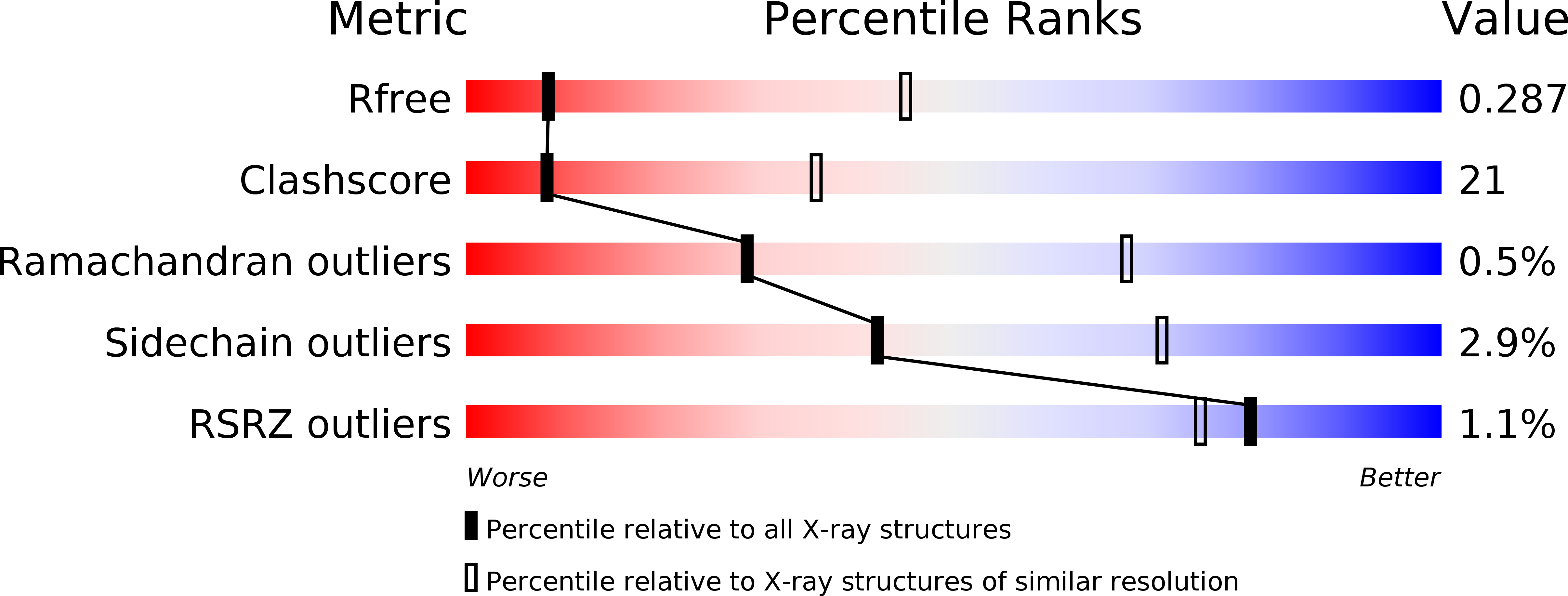
Deposition Date
2014-12-02
Release Date
2015-11-18
Last Version Date
2024-03-20
Entry Detail
PDB ID:
4X41
Keywords:
Title:
Crystal Structure of Protein Arginine Methyltransferase PRMT8
Biological Source:
Source Organism:
Homo sapiens (Taxon ID: 9606)
Host Organism:
Method Details:
Experimental Method:
Resolution:
3.50 Å
R-Value Free:
0.28
R-Value Work:
0.23
R-Value Observed:
0.23
Space Group:
P 2 2 21


